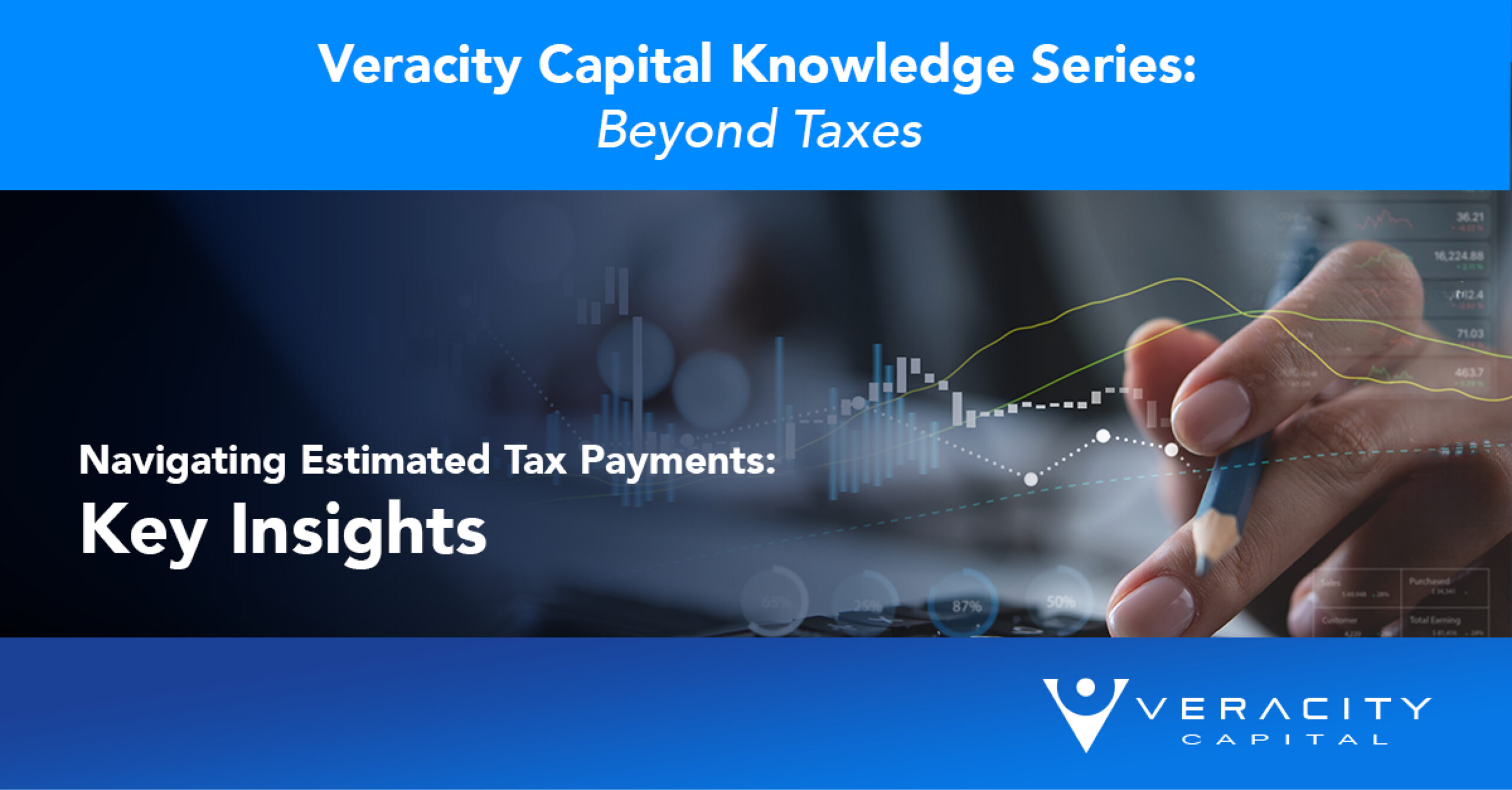If you’re self-employed, a freelancer, or earn income outside of a regular paycheck, you’ve likely encountered estimated tax payments. While they might feel like just another tax hurdle, these payments are actually a smart way to stay ahead and avoid surprises at tax time. Here’s what you need to know.
Who Needs to Pay Estimated Taxes?
Wondering if estimated taxes apply to you? Let’s break it down:
-
- If you’re self-employed or freelancing, no employer is withholding income taxes from your paychecks, which means you’re responsible for paying directly.
- If you earn income from rental properties, investments, or alimony, you might also need to make estimated payments.
- If you expect to owe at least $1,000 in taxes after withholding and credits, the
- IRS requires you to make quarterly payments.
- If you receive equity compensation from your employer, sometimes they do not withhold enough to cover your full tax responsibility, paying estimated taxes can limit unexpected penalties and interest.
When Are Estimated Taxes Due?
Estimated taxes aren’t a once-a-year event – they’re due four times annually:
-
- April 15
- June 15
- September 15
- January 15 of the following year
Tip: If a due date falls on a weekend or holiday, the deadline shifts to the next business day. Set reminders to stay on track.
How to Calculate Your Payments
While calculating your tax payments is best left to a professional, here are a few helpful tips:
-
- Use IRS Form 1040-ES to calculate your quarterly payments.
- If your income is similar to last year’s, your previous tax return can serve as a guide.
- For fluctuating income or large deductions, base estimates on your current year’s earnings.
How to Avoid Penalties
-
- Missing the mark on your estimated payments can result in penalties. Stay penalty-free by following these benchmarks:
- Pay at least 90% of your current year’s tax liability.
- Alternatively, pay 100% of last year’s tax liability (110% for high-income earners).
Tips for Staying Organized
-
- Keep complete records and save all documentation including income, deductions, and payment confirmations. It’ll simplify tax season.
- Leverage online tools like TurboTax or QuickBooks which can help with calculations and tracking. The IRS also provides a free tax withholding estimator.
- Verify requirements on your state’s tax website. If you owe federal estimated taxes, state taxes might apply as well.
Smart Strategies for Stress-Free Payments
-
- Save regularly. Allocate 25%-30% of your income for taxes, and consider a separate savings account for these funds.
- Pay online by using tools like EFTPS or Direct Pay for convenience. Many states also offer online payment options.
- Unsure about calculations or deductions? Consult a tax pro such as a CPA or tax advisor who can ensure accuracy and uncover savings.
The Bottom Line
Estimated taxes may seem intimidating, but with a little planning, they’re manageable. Staying organized, saving regularly, and leveraging the right tools can help you navigate tax season smoothly. And if you’re ever uncertain, consulting a professional can provide peace of mind and save you time.
If you have questions or want to learn more about Navigating Estimated Tax Payments, feel free to email us at [email protected], or schedule an introductory meeting here.
Advisory services offered through Veracity Capital, LLC, a registered investment advisor. Information presented is for educational purposes only and does not intend to make an offer or solicitation for the sale or purchase of any specific securities, investments, or investment strategies. Investments involve risk and, unless otherwise stated, are not guaranteed. Be sure to first consult with a qualified financial advisor and/or tax professional before implementing any strategy discussed herein. Past performance is not indicative of future performance.

